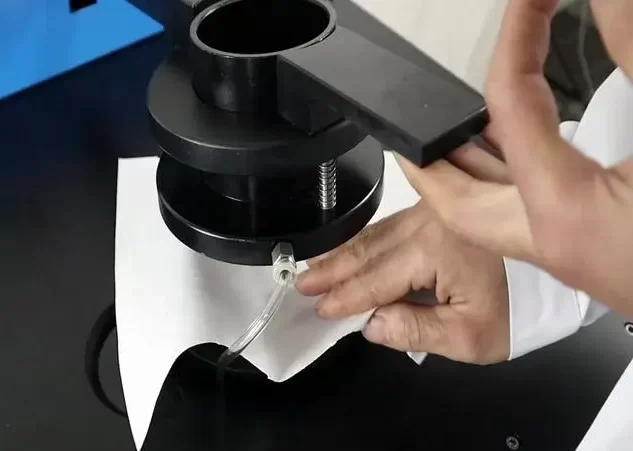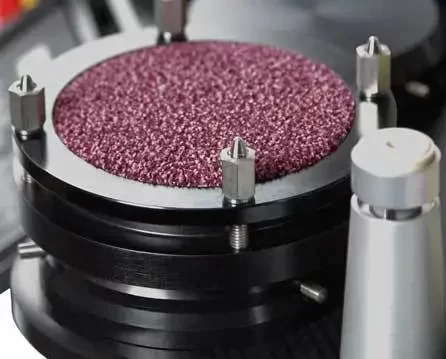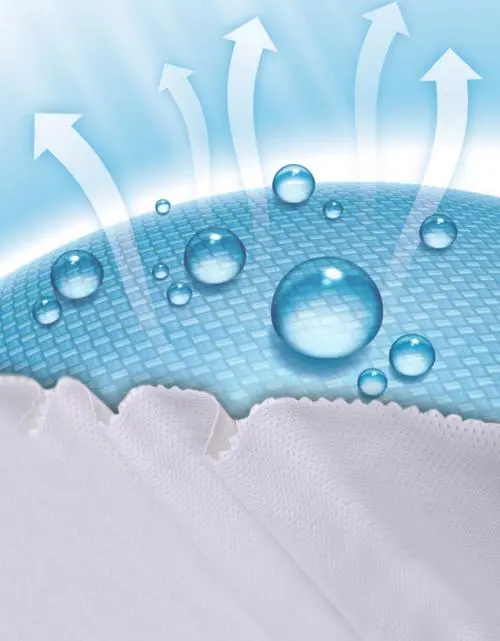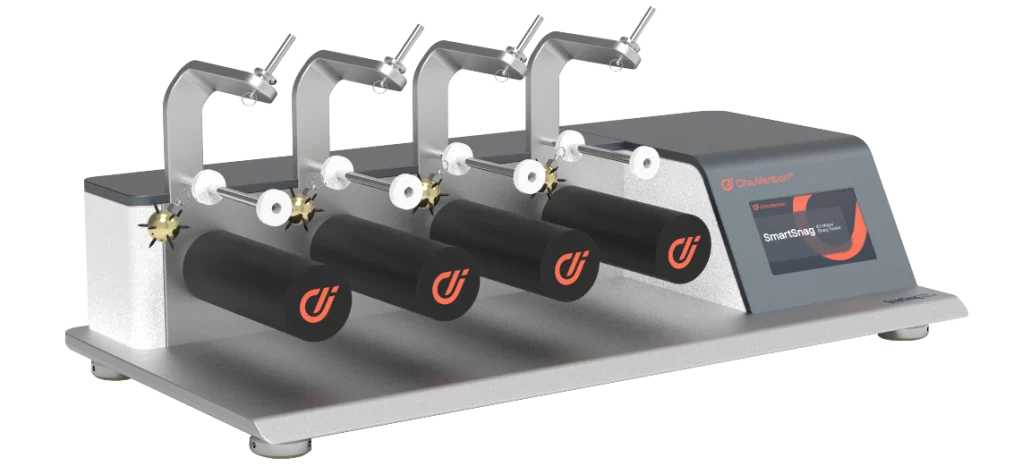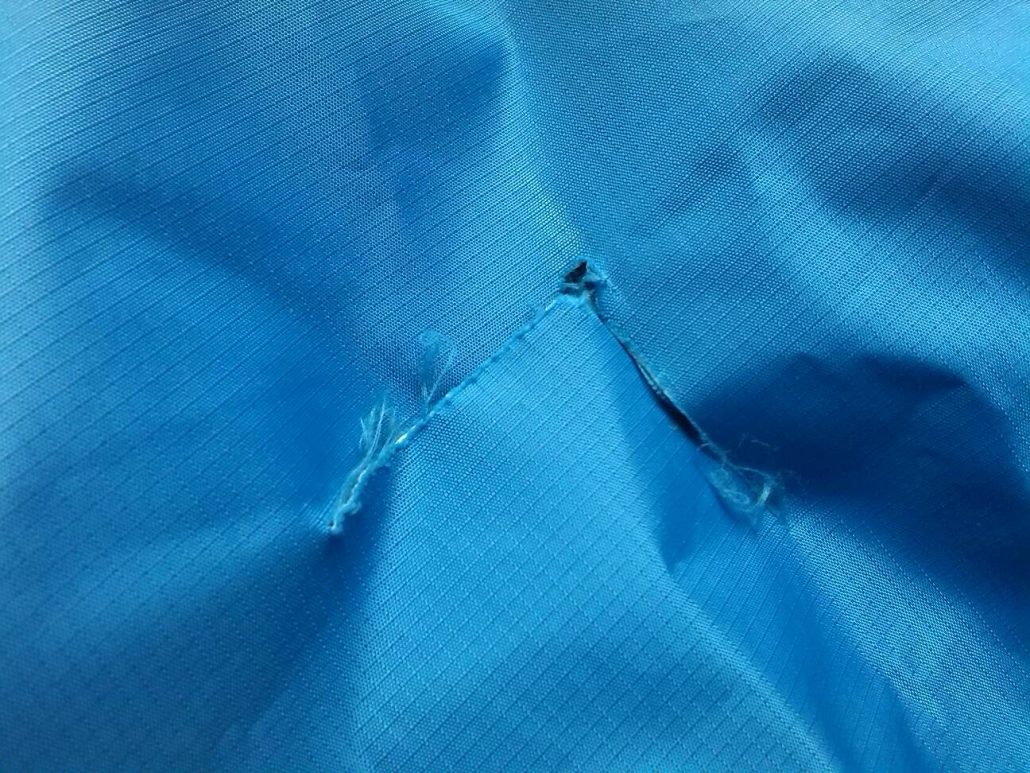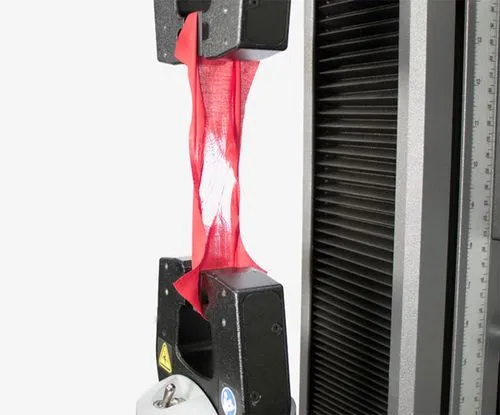Air permeability affects the wearing comfort of fabrics, such as insulation and warmth. Fabric air permeability is key for the body. It lets heat, moisture, and gases like carbon dioxide escape. Air permeability of clothing is one of the basic requirements for comfort. How do we test for this sensory, not rational, air permeability requirement?…
Abrasion resistance is a key quality indicator for textiles. It affects the product’s durability and use. It refers to the fabric’s resistance to wear from repeated friction with other things. Definition of Pilling Clothes will rub against each other when worn and washed. If the friction is greater than the fibre strength, it will expose…
The colour fastness of textiles to washing refers to the ability of textiles to maintain the original colour (hue, colour depth) after washing under the specified washing conditions, i.e. the textiles will not fade or change colour after washing, which is an important indicator reflecting the quality of printing and dyeing products. The unqualified discolouration…
The drying rate of performance textiles is usually defined as the ability of a fabric to dry quickly by air circulation or other means after absorbing moisture in a humid environment. This indicator is often used to measure the moisture absorption and quick drying performance of fabrics to keep the wearer dry and comfortable. Common…
Fabric shrinkage, or elastic elongation, is the ratio of its length increase to its original length. Under certain conditions, we apply a tensile force at this point. It measures a fabric’s elasticity. It often describes its ability to deform under an external force. The stretch of a fabric has a significant impact on the fit,…
‘The digital future of textile testing’ “Starting intelligent testing” ’Designed in Germany, Manufactured in China ‘If you follow ChiuVention, you should not be unfamiliar with the above declarations. Since the start of the intelligent change in 2020, ChiuVention has made some small achievements in the field of intelligent textile testing in the past 4 years,…
Many things affect the color accuracy of polyester in factories. The accuracy of laboratory proofing is the most important of these factors. Continuous improvement is key. It will make lab sampling in printing and dyeing factories more accurate. This is crucial for colour accuracy. This paper uses disperse dyestuff dyeing of polyester as an example….
While wearing it, the fabric above the yarn can hook on other objects and tear. It will either rupture or be partially clamped and torn in half. A fabric tear causes this damage. Definition of terms Tearing Strength is the force needed to extend the initial cut in a specimen. This happens under specified conditions….
Basics Quality Maximising guest satisfaction and getting things right the first time. Quality is the quality of the product, superior versus inferior in the same category. QC Focuses on checking whether the process of goods in the production process meets the design specifications. The inspection reveals the quality situation in the factory and gives timely…
Textiles suffer many types of damage in daily use. Tensile, compression, bending, and friction cause the most important effects. These forces lead to fracture, tearing, and breaking. So, the textile’s tensile, tearing, and breaking properties directly affect the product’s durability. They also determine the textile’s quality. Tensile strength testing assesses the basic properties of textiles….
